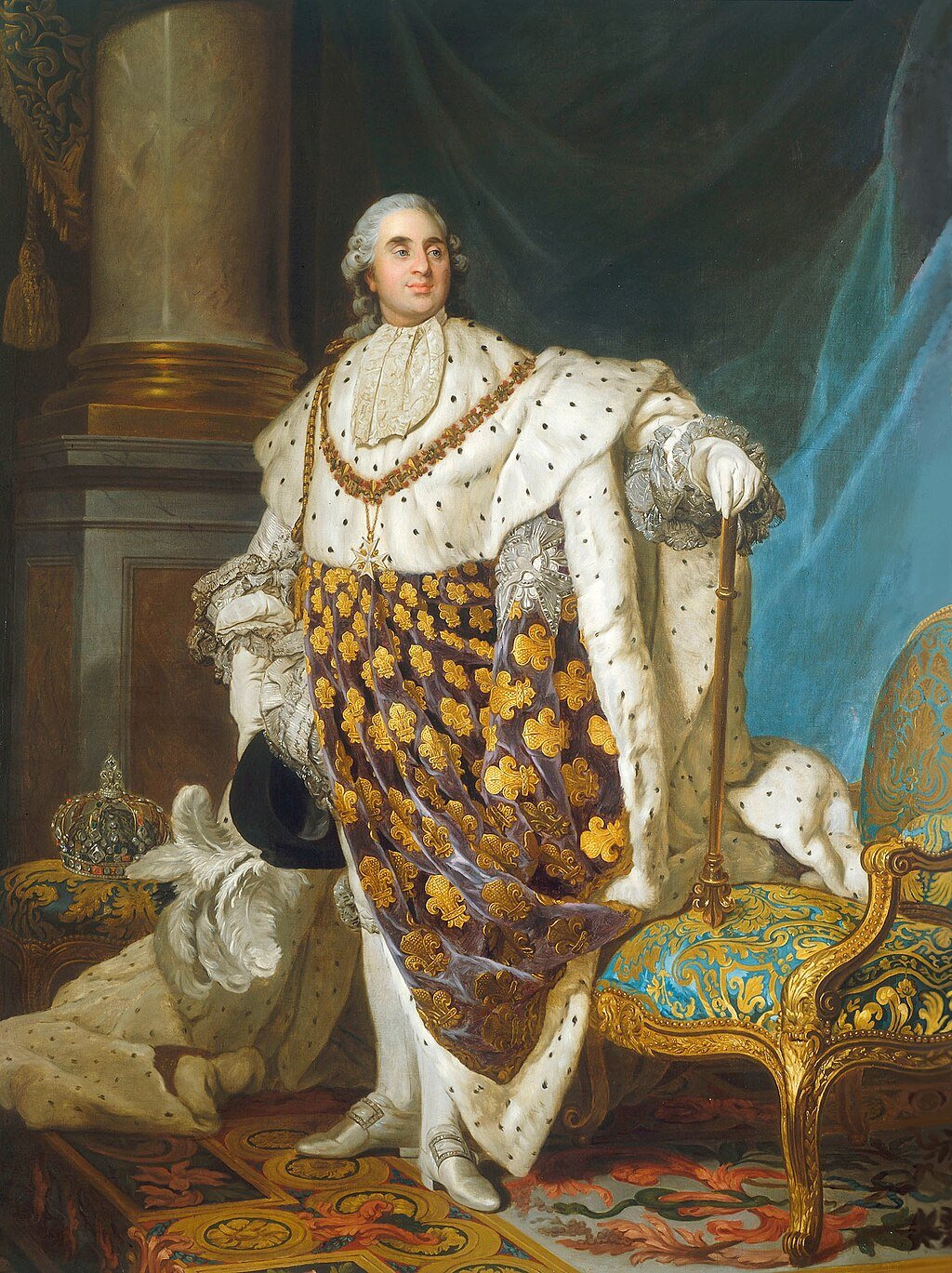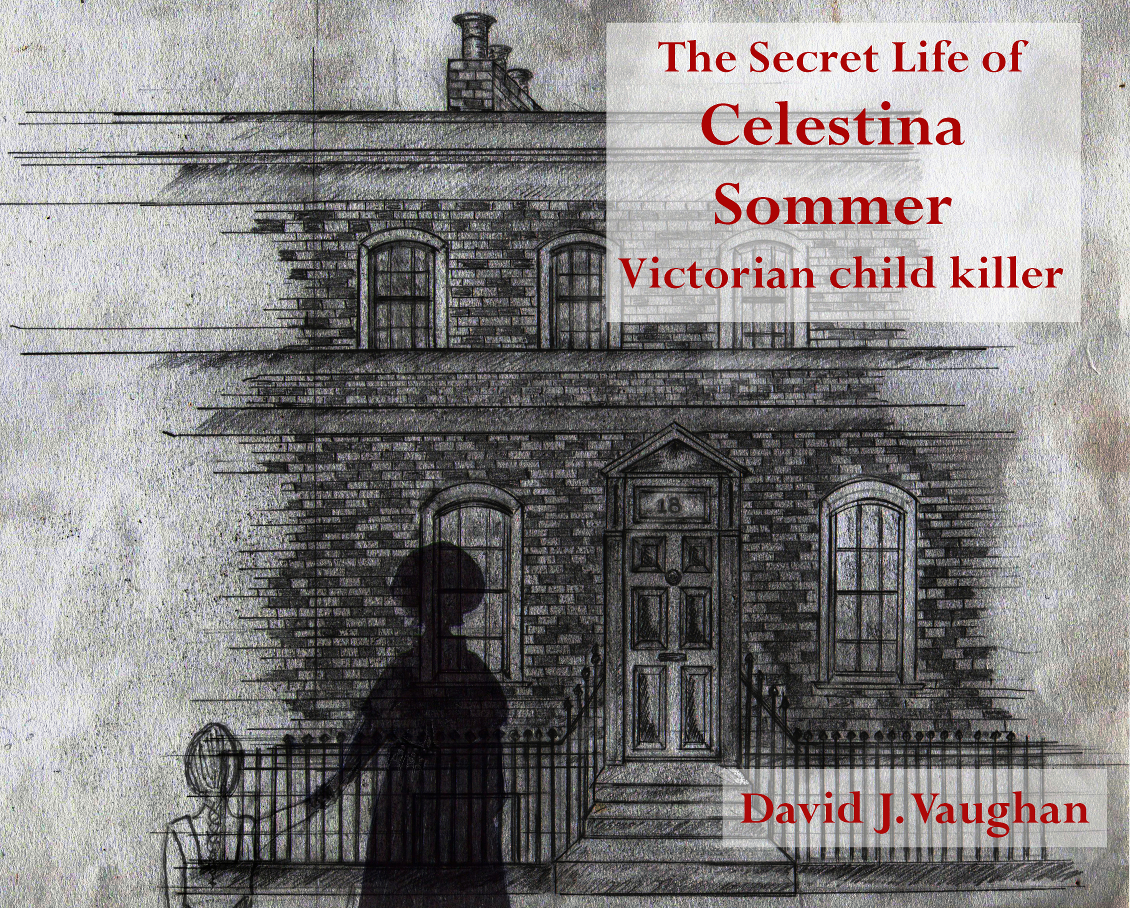The sun had barely risen over Paris on August 10, 1792, when the bells of revolution tolled once again. The Tuileries Palace, once a regal symbol of monarchical presence, was transformed into a battleground. Armed revolutionaries from the National Guard and radical fédérés stormed the palace, driven by rumors of betrayal, foreign plots, and the king's perceived duplicity.
Here, Preston Knowles looks at the final days of King Louis XVI of France during the French Revolution.
A portrait of King Louis XVI by Joseph-Siffred Duplessis.
Louis XVI, clad in plain attire, made a fateful decision: rather than resist the mob, he sought refuge with the Legislative Assembly. "I come to place myself under the protection of your laws," he declared, standing before a shocked assembly with Queen Marie Antoinette and their children in tow. But the gesture was too little, too late. The crowd's rage would not be placated. That same day, the monarchy was effectively suspended, and Louis and his family were taken into custody. Their new home? The ancient medieval fortress known as the temple, originally built by the Knights Templar. now repurposed as a prison for the king. The revolutionary press on September 21st, 1792 declared "The monarchy is abolished", The first French Republic had been declared.
By late 1792, the Temple had become the final royal residence, a prison stripped of comfort and ceremony. Surveillance was constant, and guards recorded even the most mundane details of the royal family's life. The man who once ruled by divine right now found himself counting his days, not in royal chambers but in cold stone walls lit by a single lamp.
The Temple prison was not built for royalty. Its stone walls were cold, its corridors narrow, and its air thick with the silence of humiliation. Here, the last King of France would live not as Louis XVI, but as Louis Capet, a dethroned monarch turned prisoner of the people he once served.
The royal family: Louis, Marie Antoinette, their children Louis-Charles and Marie-Thérèse, and the king's sister Madame Élisabeth were initially lodged together in cramped quarters. The first few weeks held onto a faint echo of domestic life. They dined together, read, prayed, and even tried to maintain lessons for the young dauphin. But as revolutionary suspicion deepened, their freedoms shrank. "He bore the deprivation with gentleness," one guard reportedly wrote, "and never once did he rage or complain."
A King's Routine, Reduced
Louis rose early, often before dawn. He read religious texts and from the few history books permitted to him. When allowed, he took brief walks in the small enclosed courtyard, pacing in silence or whispering lessons to his son. The king had long valued knowledge and order and in prison, this became his anchor. He taught geography and Latin to the young Louis-Charles, while Marie Antoinette helped with arithmetic. They created makeshift lessons using scraps of paper and whispered exercises.
Breakfast was modest: coffee, milk, and bread. Dinners, while still multiple courses at first, slowly became more austere. Champagne was replaced with table wine. Meat became scarce. And the guard's initially deferential grew colder. Marie-Thérèse later recalled in her memoir: "We were watched night and day. Every word, every sigh was noted down."
Over time, the measures imposed became increasingly petty and cruel. Louis was denied razors, allegedly for fear of suicide or assassination attempts by others. His once-meticulous grooming gave way to a growing beard and unkempt hair, physical symbols of his eroding dignity.
The family's contact with the outside world was severed. Even embroidery, once permitted as a quiet pastime, was forbidden when officials feared they might stitch hidden messages. The king, who once addressed ministers and monarchs, now whispered bedtime stories to his son through a wooden wall.
One particularly painful moment came in December 1792, during his trial, when Louis was forcibly separated from his family. Marie-Thérèse turned 14 that month and instead of a celebration she received only a silent token: a calendar for 1793 from her father, smuggled in with trembling hands.
The longer Louis remained in the Temple, the more time seemed to lose its meaning. The world outside raged on. Mobs, pamphlets, speeches in the National Convention but inside, the days blurred into quiet suffering. The walls were thick, but not enough to keep out the muffled sound of distant chants: "La République ou la mort!"
Louis spent his time clinging to ritual and religion. When allowed, he heard Mass and prayed from the breviary. His confessor was not always permitted to visit, so he turned inward, journaling his thoughts and quietly preparing his soul. One jailer observed, "He read the Psalms more than anything. Often he would rest his hand on the page, eyes closed, lips moving." Despite the growing surveillance, he made an effort to be a father and teacher. He called the dauphin "my son" and tried to preserve the boy's innocence. But behind closed doors, even a father's strength began to crack. Marie Antoinette confided that Louis would sometimes sit in silence for hours, gazing at nothing.
By late November 1792, the question of the king's fate reached a boiling point. The monarchy had been abolished. Now, Louis wasn't just a prisoner. He was a defendant in the eyes of the Republic. The National Convention summoned him on December 11, 1792, to answer for a long list of charges: colluding with foreign enemies, conspiring against the liberty of the French people, and betraying the Constitution he had sworn to uphold.
In a chilling moment during the trial, a deputy asked Louis:
"You knew of the massacres and the bloodshed. Why did you not denounce them?"
Louis, composed, replied:
"I did not think it proper to interfere in the decisions of the Assembly."
Innocence
He maintained his innocence, calm, polite, and deliberate. But the verdict was already sealed in the hearts of many. His fate became a moral test for the Revolution itself.
Back in the Temple, after each session, he returned not to applause or royal favor, but to a narrow cot in a room guarded by men with muskets. His son asked what it all meant. Louis simply said, "There are men who believe I have done wrong. I must answer them."
The verdict was delivered on January 20, 1793: Louis Capet was to be executed by guillotine the following morning. He received the news with remarkable calm. His only request? To see his family one last time. After hours of negotiation, the Convention relented.
That evening, the door to the king's chamber creaked open, and in stepped Marie Antoinette, Madame Élisabeth, Marie-Thérèse, and the young dauphin. The guards recorded the time: 8:15 p.m. What followed was nearly two hours of raw, unfiltered sorrow. A private agony unfolding in the dim light of a prison room.
Marie-Thérèse would later write: "My father took each of us in his arms… he held my brother a long time, pressing his face to the child's hair. He said little. He wept. We all did."
Louis tried to maintain composure, speaking softly to each of them. He encouraged Marie Antoinette to be strong, to protect the children. He kissed Élisabeth's hands and whispered prayers to her. To his daughter, he gave a few final words of love and courage and to the dauphin, perhaps the most devastating of all, he gave instruction.
"Never seek revenge for my death, my son," he told the child. They talked quietly of faith, of forgiveness, of the life to come. He assured them he would die a Christian, faithful to the end. And then, the moment arrived. A knock on the door. Time was up.
The family clung to each other, unwilling to let go. Marie Antoinette, once queen of France, was described by one guard as "bent and pale, with no voice left to cry." The dauphin sobbed uncontrollably. Marie-Thérèse fainted. And Louis stood quietly, having already absorbed the pain of each goodbye.
A witness later wrote: "It was not the dignity of a king, but the strength of a father, that filled the room that night."
Never again
His family would never see him again.
It was still dark when the knock came. Louis Capet, once Louis XVI, rose from his prison bed for the last time. Paris was hushed, cloaked in winter's gray breath and revolutionary tension. Snow had fallen the night before. His valet, Jean-Baptiste Cléry, lit the fire and helped dress him. Louis wore a plain white vest, gray breeches, and a black coat. No finery, no royal insignia. The quiet was broken only by the murmur of prayers and the soft rustle of fabric. When offered a pair of scissors to trim his hair, he simply nodded. It would be easier for the blade.
He heard Mass in a whisper, assisted by Abbé Edgeworth, the Irish priest who had come to offer last rites. As he took communion, Louis bowed his head and whispered "May this sacrifice be pleasing to God". By 8 a.m., the sound of drums loudly filled the streets. Thousands of National Guards lined the path from the former Place Louis XV, now known as the Temple to the Place de la Révolution, the square that now awaited his execution.
The ride in the carriage was long and silent. Soldiers flanked the wheels. The streets were packed with a hushed crowd. Louis, holding a prayer book, gazed steadily ahead. Some said he mouthed psalms. Others noticed that he appeared calm. "more like a man going to face judgment than to death," one witness remarked.
The carriage reached the scaffold. Louis stepped down without assistance. The crowd watched, frozen. The executioner moved to bind his hands. Louis recoiled slightly, then, after a brief struggle, He relented and turned to the people calling out, with a strong voice: "I die innocent of all the crimes laid to my charge. I forgive those who have caused my death and pray to God that the blood you are about to shed may never fall upon France!" The drums began to roll. He knelt, placing his neck in the guillotine. Abbé Edgeworth stood nearby and cried out: "Son of Saint Louis, ascend to Heaven!"
The blade fell. A single thud. Then silence. Then a roar.
The executioner held the severed head aloft for the crowd to see. Some cheered. Others stood in stunned silence. Blood pooled on the planks. Spectators in the crowd raced forward and dipped their handkerchiefs in the blood to keep as souvenirs. The former king had become a symbol to some as a martyr and to others a tyrant but undeniably his death would shake Europe for centuries to come.
Echoes of the Guillotine
The execution of Louis XVI sent tremors through every royal court in Europe. Monarchs recoiled in horror; revolutionaries doubled down with fervor. In France, the king's death did not bring peace. It marked the beginning of something far bloodier: the Reign of Terror.
Yet in the quiet corners of history, beyond the proclamations and pamphlets, one truth endures: Louis was not just a monarch undone by revolution, but a man who met death with surprising grace. a father, a husband, a flawed human being who walked steadily to the scaffold and vanished into the turning tide of a new age.
The site has been offering a wide variety of high-quality, free history content since 2012. If you’d like to say ‘thank you’ and help us with site running costs, please consider donating here.








